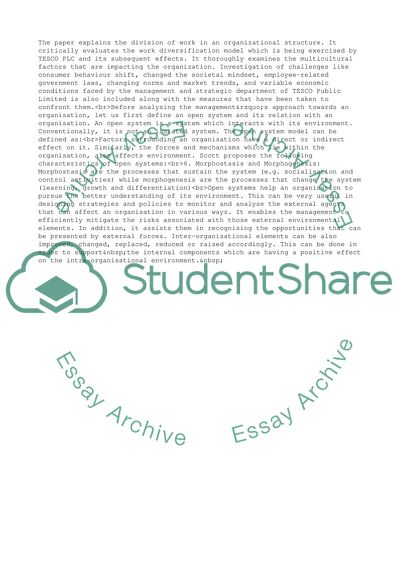Cite this document
(Management Approach towards an Open Organizational System TESCO PLC Coursework - 1, n.d.)
Management Approach towards an Open Organizational System TESCO PLC Coursework - 1. Retrieved from https://studentshare.org/management/1749905-management-and-organisational-behaviour
Management Approach towards an Open Organizational System TESCO PLC Coursework - 1. Retrieved from https://studentshare.org/management/1749905-management-and-organisational-behaviour
(Management Approach towards an Open Organizational System TESCO PLC Coursework - 1)
Management Approach towards an Open Organizational System TESCO PLC Coursework - 1. https://studentshare.org/management/1749905-management-and-organisational-behaviour.
Management Approach towards an Open Organizational System TESCO PLC Coursework - 1. https://studentshare.org/management/1749905-management-and-organisational-behaviour.
“Management Approach towards an Open Organizational System TESCO PLC Coursework - 1”, n.d. https://studentshare.org/management/1749905-management-and-organisational-behaviour.


